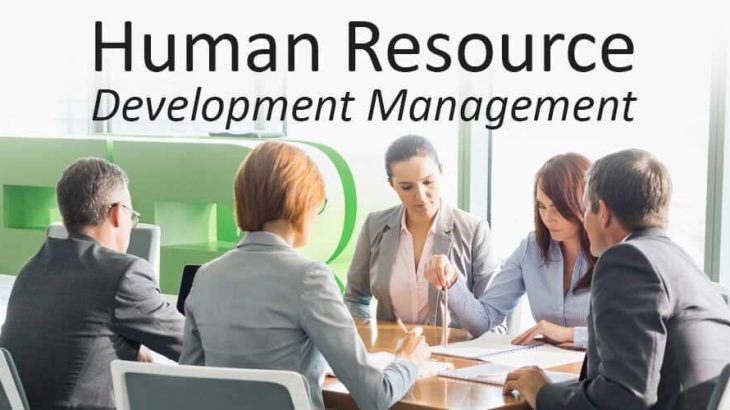Human Resource Manpower Development plays a vital role in shaping an organization’s success. Its core objective is to build a strong framework that enables employees to enhance their skills, knowledge, and competencies leading to improved individual performance, organizational efficiency, and long-term career growth.
Employers hold the responsibility of designing programs that focus on employee development through training, performance management, and organizational growth initiatives. As an integral part of the overall HR strategy, manpower development ensures that human capital is optimized to achieve strategic business objectives.
Training and Development of Manpower
One of the primary functions of manpower development is to foster the continuous growth of employee expertise within the organization. Effective training and development initiatives are designed to improve productivity, efficiency, and overall workforce capability.
By systematically planning and monitoring employee performance, organizations can tailor development programs that equip staff with the essential skills required for higher-level roles and responsibilities. This not only boosts motivation and job satisfaction but also supports career advancement.
A structured training program also prepares the organization to adapt to evolving business needs, technological innovations, and diversified operations ensuring a future-ready workforce.
Performance Appraisal and Management
Performance evaluation is a cornerstone of manpower development, serving as a strategic tool for employee improvement. Regular performance appraisals allow managers to assess goal achievement, measure productivity, and evaluate performance based on specific job-related competencies and core organizational values.
Human resource teams should design appraisal techniques that enable constructive feedback, identify performance gaps, and highlight development opportunities. These insights become the foundation for targeted training programs, coaching, and professional growth plans resulting in improved performance and stronger alignment with business goals.
Manpower Planning and Strategy Development
Manpower planning ensures that the organization has the right people with the right skills in the right positions at the right time. It involves analyzing the current workforce, forecasting future staffing needs, and determining the best approach to fill talent gaps whether through recruitment, internal promotion, or redeployment.
By identifying the specific skill sets and talent requirements across different departments, HR leaders can formulate a strategic manpower plan that aligns workforce capabilities with business priorities. This proactive approach helps organizations remain agile and competitive in a constantly evolving marketplace.
Employee Welfare and Quality of Work Life
A crucial aspect of manpower development lies in promoting employee welfare and enhancing the overall quality of work life. Employee welfare initiatives aim to improve living and working conditions, foster job satisfaction, and instill a sense of pride and motivation among workers.
These efforts include providing fair compensation, safe and comfortable work environments, opportunities for personal development, and supportive leadership. Additionally, encouraging open communication and involving employees in decision-making processes can significantly strengthen their relationship with the organization and boost morale.
When employees feel valued and engaged, they are more likely to contribute positively to organizational growth and performance.
Conclusion
Human Resource Manpower Development is far more than just training employees it is a strategic process that empowers people, aligns their growth with business objectives, and nurtures a culture of continuous improvement. By focusing on training, performance management, strategic planning, and employee welfare, organizations can unlock their workforce’s full potential and achieve sustainable success.








